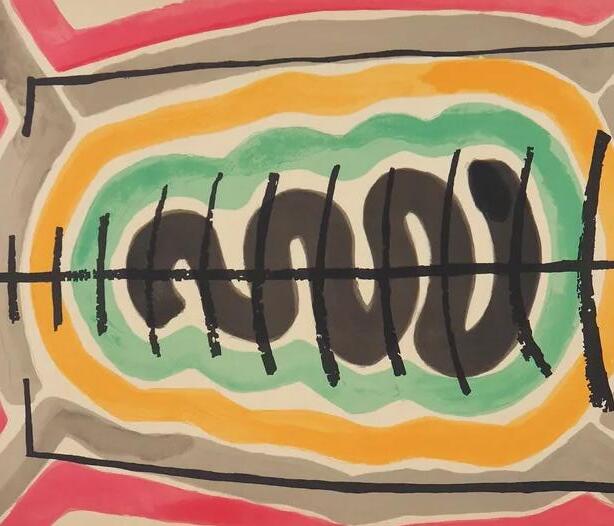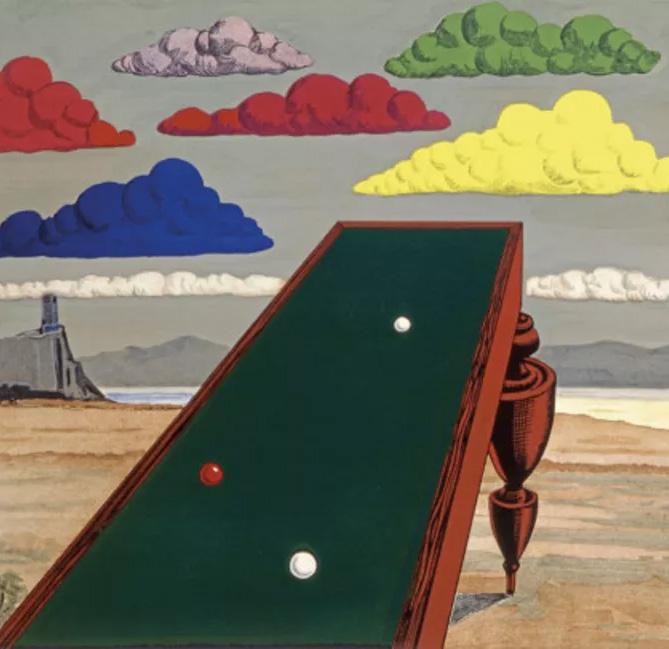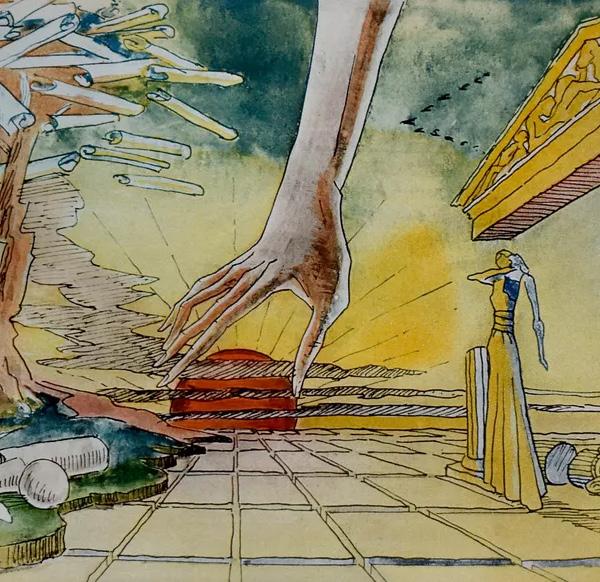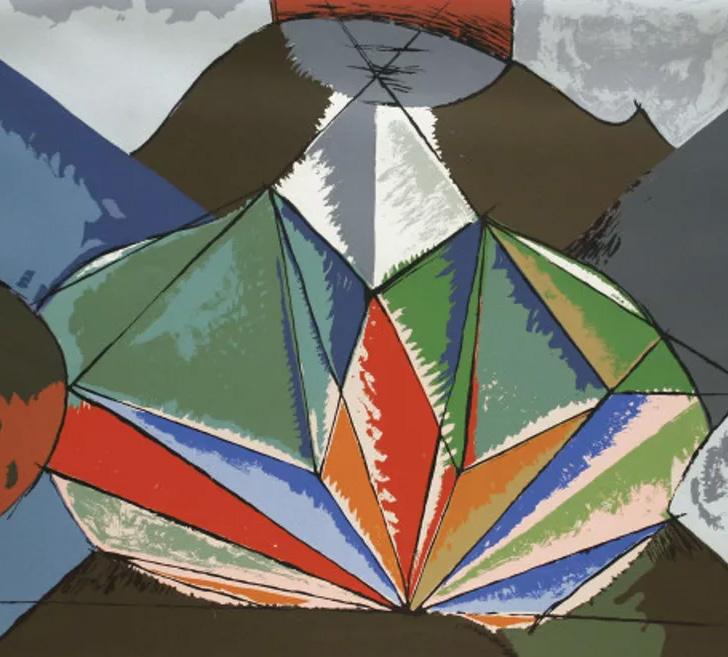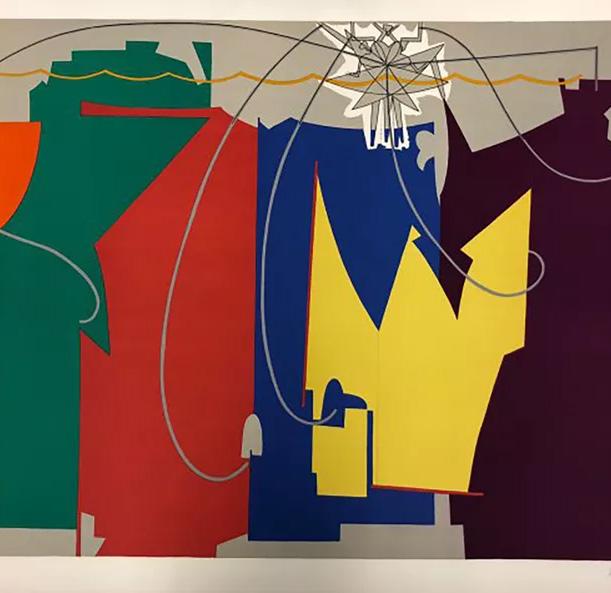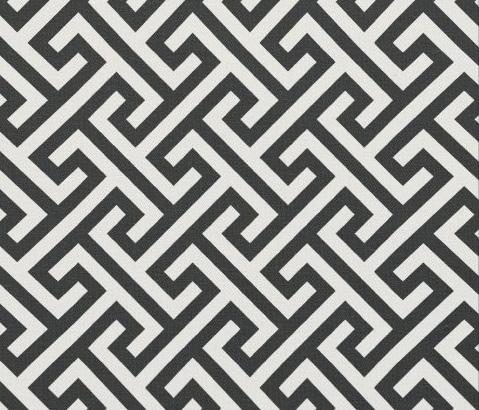MAN RAY









A book of the best works produced by Man Ray
"I photograph what I don’t want to paint and paint what I can’t photograph"
e e 1
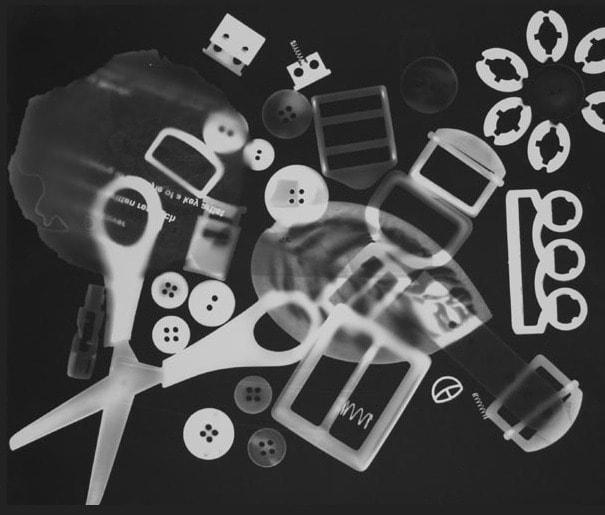
Aterm invented by Man Ray, in which he merged his name with the word “photograph” to describe his particular approach to the technique of making photograms. As old as photography itself, photograms are photographic prints made by placing objects and other elements on photosensitive paper and exposing it to light, without the use of a camera.
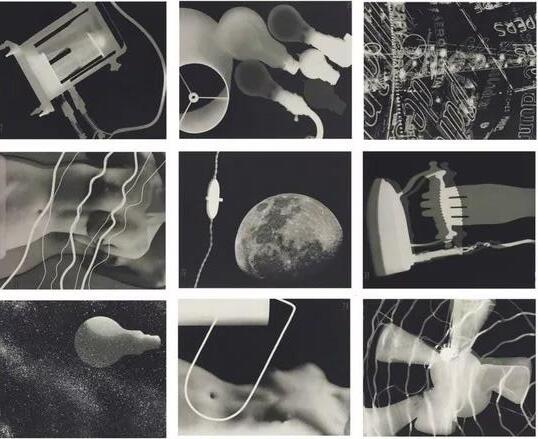
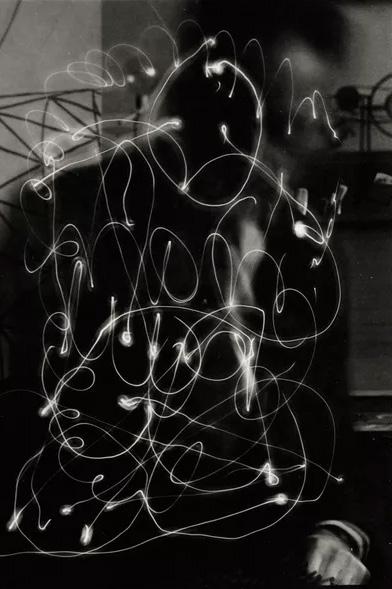
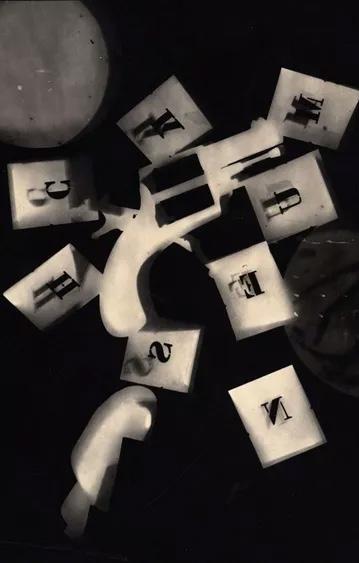
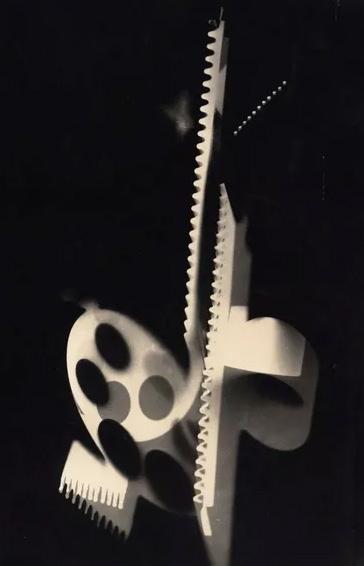
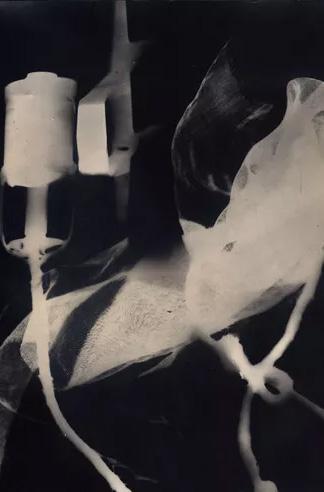
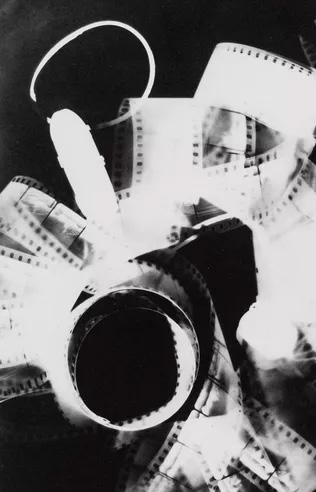
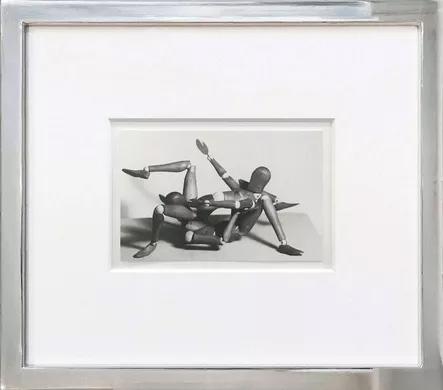
Ray was a significant contributor to the Dada and Surrealist movements, although his ties to each were informal. He produced major works in a variety of media but considered himself a painter above all. He was best known in the art world for his avant-garde photography, and he was a renowned fashion and portrait photographer.
Parodying the sequence of the creation of Adam and Eve, Man Ray made “Woman” after he made “Man.” “Man” is a photograph of a rotary eggbeater, its handle and beaters forming a visual metaphor of the male genitals. For “Woman,” Man Ray assembled equipment from his darkroom--two spherical metal reflectors and six clothespins attached to a plate of glass--in such a way as to suggest the breasts, ribs, and spine of a woman. In that “Man” and “Woman” subvert traditional perceptions of the nude in art, they constitute an essentially Dada gesture.
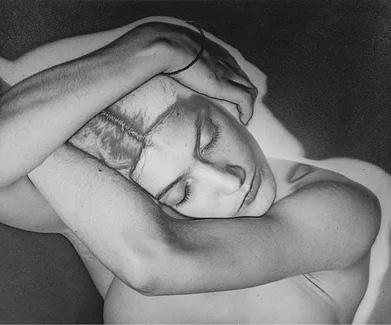
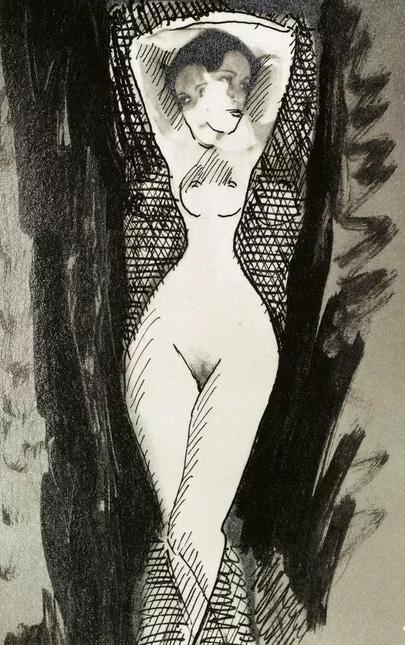
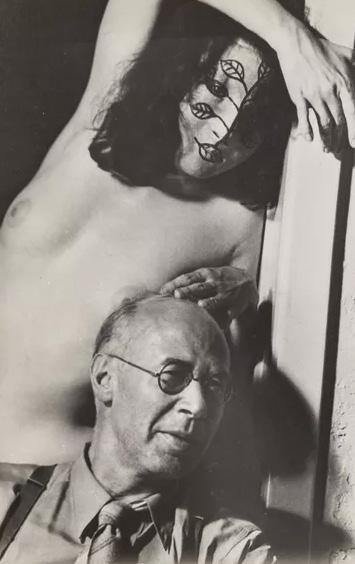
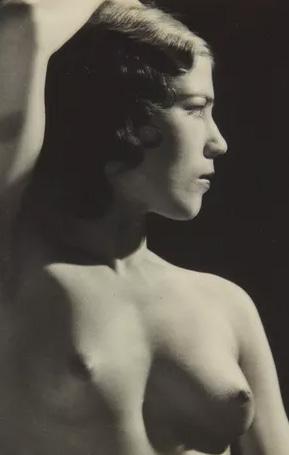

Femmes, years 1930
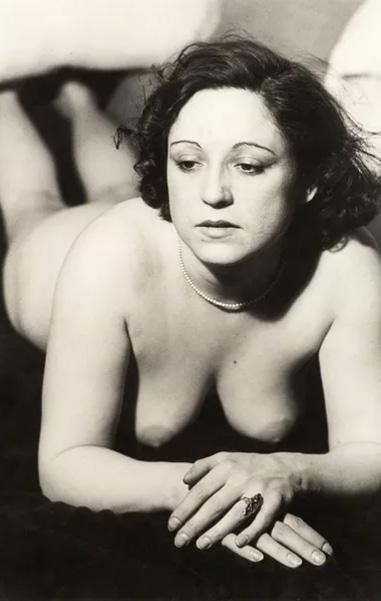
Ady Fedelin Dancing, 1930
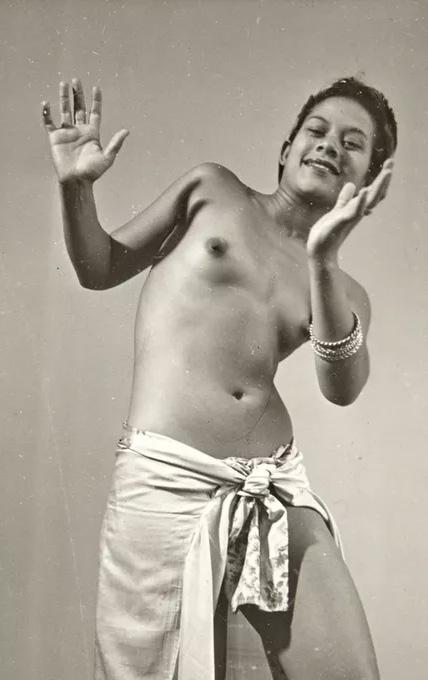
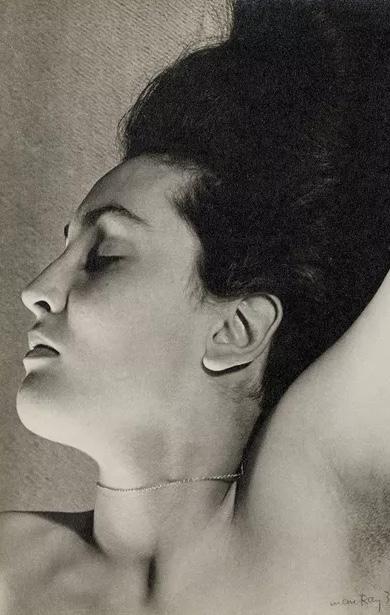
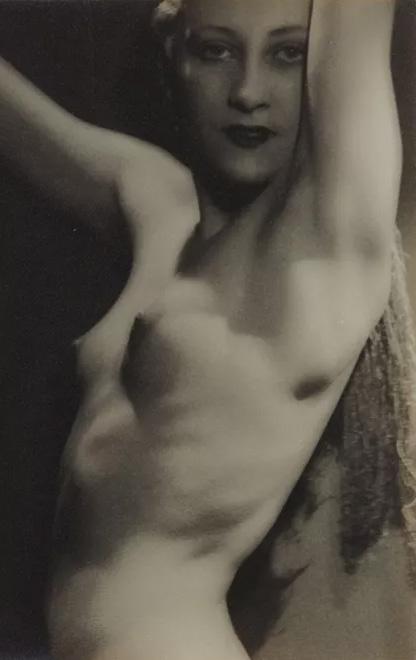
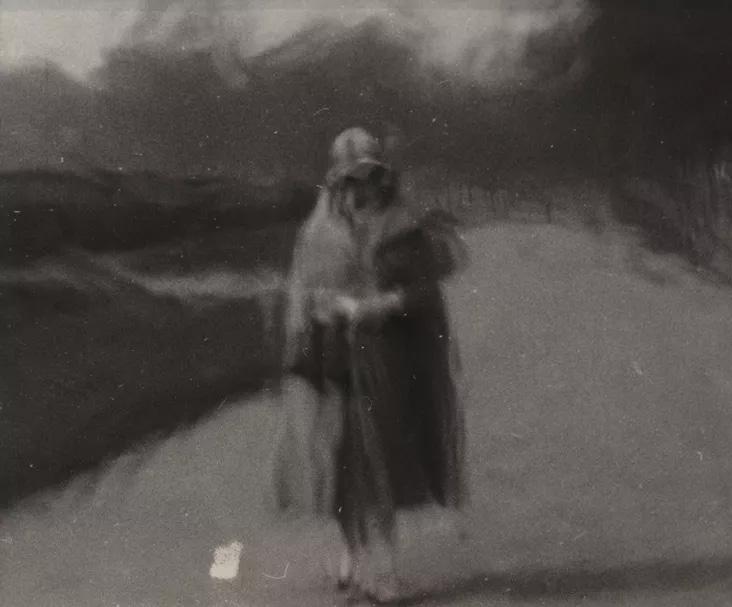
Man Ray was a key figure of Dada and Surrealism, one of the few Americans associated with either movement. Born Emmanuel Radnitzky, the artist adopted his pseudonym in 1909 and—while he also worked across painting, sculpture, video, and printmaking—became renowned for his striking, sensual black-and-white photographs. A number of his portraits—such as Larmes (Tears) (ca. 1932), which features a woman “crying” glass bead tears, and his pictures of Kiki de Montparnasse—are icons of 20th-century art.


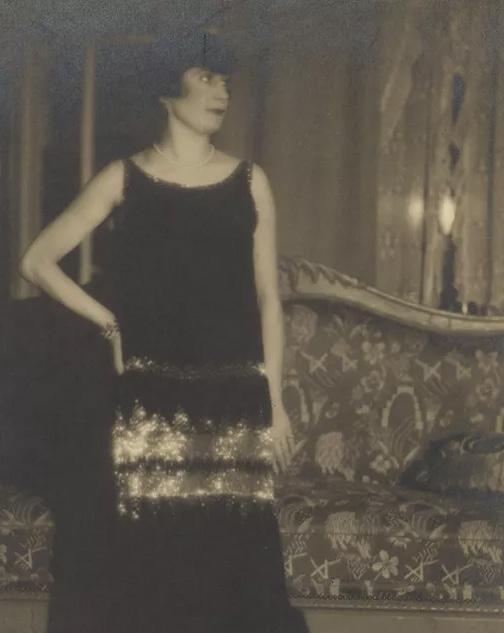

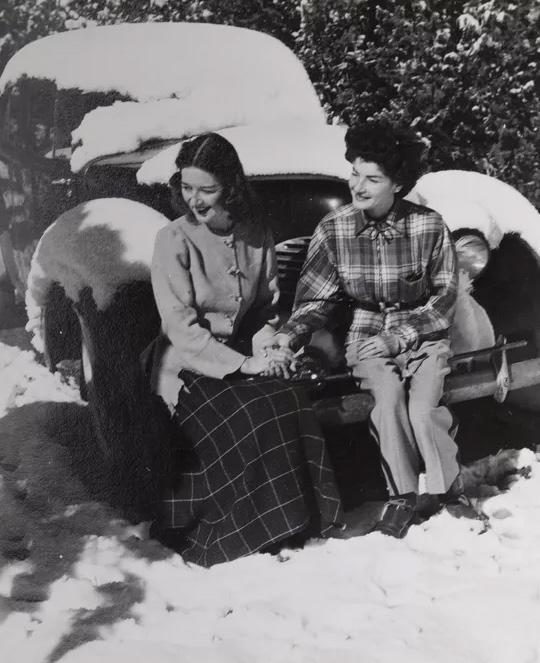
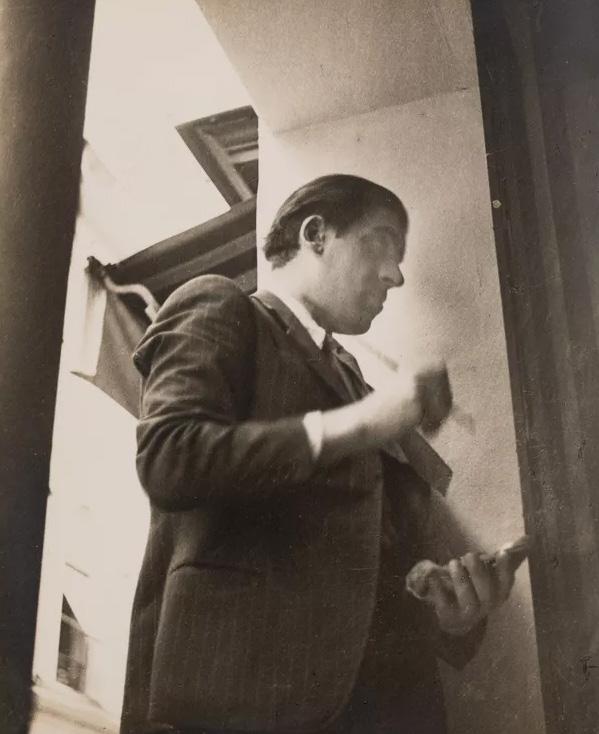
e e 2
"Mistakes are, after all, the foundation of truth. If a man does not know what something is, it is an advance in knowledge to know what it is not."
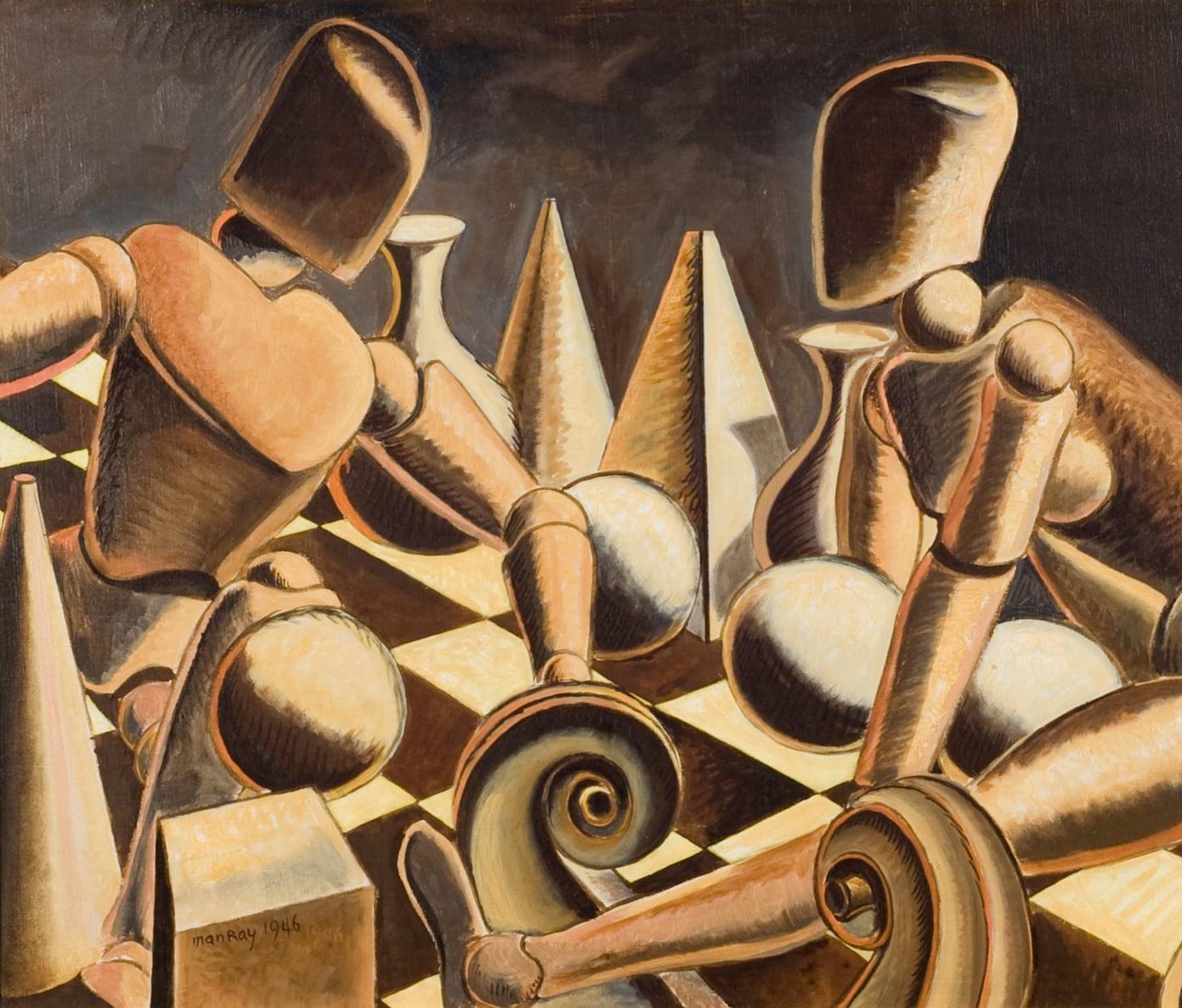
Working across mediums and historical movements, Man Ray was an integral part of The Museum of Modern Art’s exhibition program early on. His photographs, paintings, drawings, sculptures, films, and even a chess set were included in three landmark early exhibitions: Cubism and Abstract Art (1936); Fantastic Art, Dada, Surrealism (1936–37), for which one of his rayographs served as the catalogue’s cover image; and Photography, 1839–1937 (1937).

In 1941, the Museum expanded its collection of his work with a historic gift from James Thrall Soby, an author, collector, and critic (and MoMA trustee) who had, some eight years earlier, acquired an expansive group of Man Ray’s most important photographs directly from the artist. Within this group were 24 first-generation, direct, unique rayographs from the 1920s that speak to Man Ray’s ambition, as he wrote in 1921, to “make my photography automatic—to use my camera as I would a typewriter.”
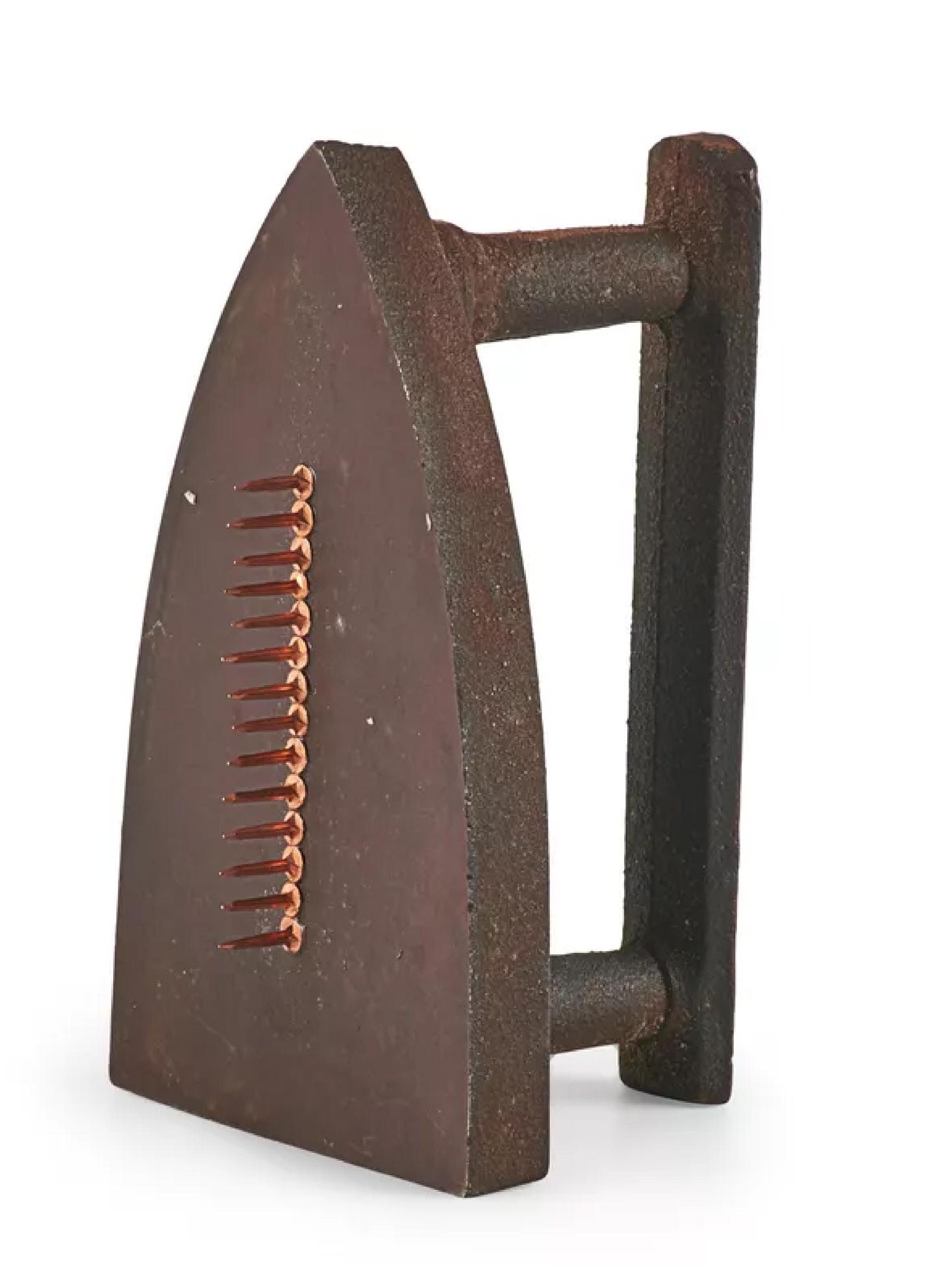
Around the same time, Man Ray’s experiments with photography carried him to the center of the emergent Surrealist movement in Paris. Led by André Breton, Surrealism sought to reveal the uncanny coursing beneath familiar appearances in daily life. Man Ray proved well suited to this in works like Anatomies, in which, through framing and angled light, he transformed a woman’s neck into an unfamiliar, phallic form.
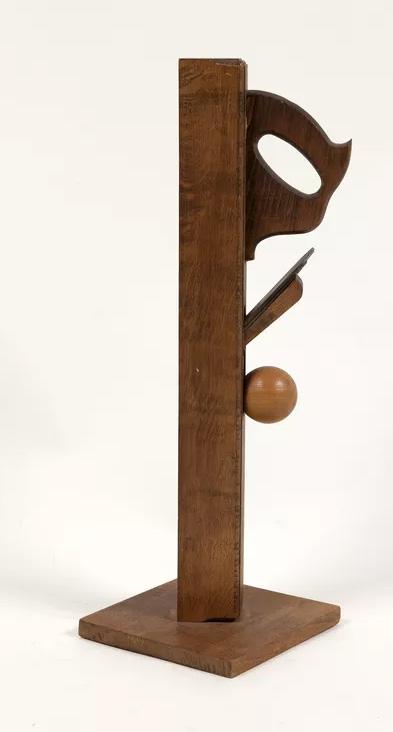
He contributed photographs to the three major Surrealist journals throughout the 1920s and 1930s, and also constructed Surrealist objects like Gift, in which he altered a domestic tool (an iron) into an instrument of potential violence, and Indestructible Object (or Object to Be Destroyed), a metronome with a photograph of an eye affixed to its swinging arm, which was destroyed and remade several times.
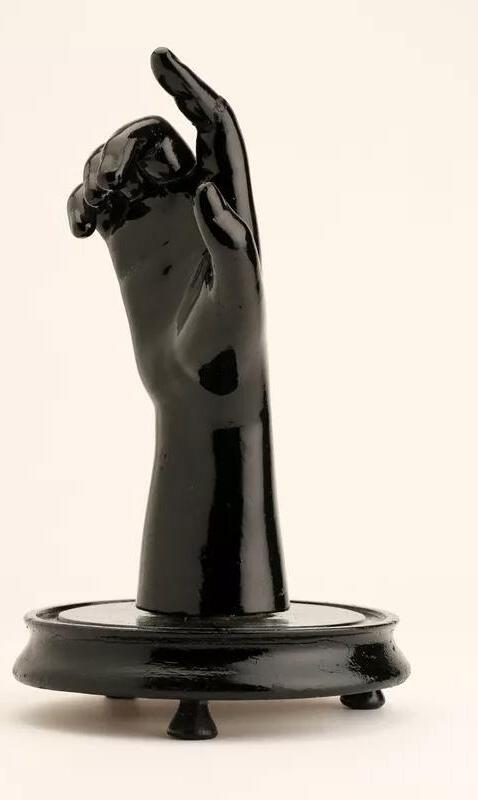
“My works were designed to amuse, annoy, bewilder, mystify and inspire reflection....”
e e 3
